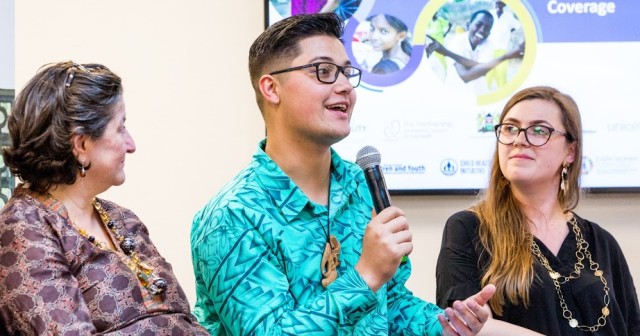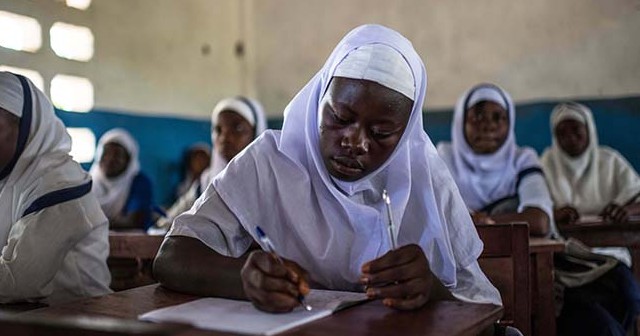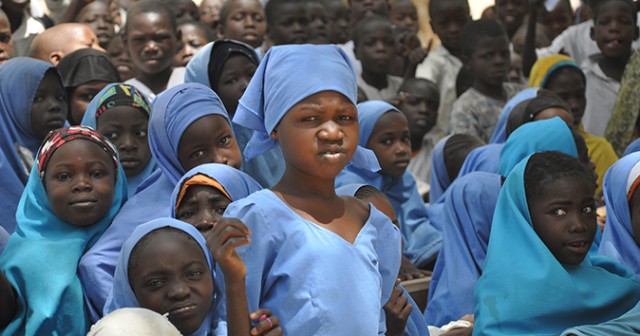Child, early and forced marriage in South Sudan
Child, early and forced marriage in South Sudan
A guest blog by Katrina Lee-Koo and Hannah Jay, from Monash University.
As we launch a new report, Adolescent girls in crisis: Voices from South Sudan, Katrina Lee-Koo and Hannah Jay from Monash University explore the challenges of child, early and forced marriage (CEFM) facing girls growing up in South Sudan today.
Adolescent girls in South Sudan are facing multiple threats. Alongside their community, many are displaced by conflict, dealing with food insecurity and struggling with the impact of the economic crises that first hit the young nation in 2015.
These threats combine to create unique challenges for adolescent girls. In particular, the food crisis and extreme economic downturn – combined with pervasive gender inequality, harmful gender norms and cultural practices that call for hefty bride prices – are driving rates of child, early and forced marriage.
Recent research conducted by Plan International Australia and Monash University’s Gender, Peace and Security Centre (Monash GPS) has shown that girls’ vulnerabilities to early and forced marriage are compounded by the soaring costs of everyday items such as food and clothing.
The research highlights how the promise of a bride price and the commodification of adolescent girls has become a viable, yet negative, coping mechanism for families.
Bride price
A dearth of data makes it difficult to determine whether the prevalence of child early and forced marriage has increased as a result of the ongoing economic and food crises in the country. However, many adolescent girls highlighted in the research how they are viewed as assets by their families and believe that their worth in marriage forms a default safety net for their family.
This view was corroborated among members of the wider community. One respondent in Juba remarked “with this current situation some parents take their girls as assets, which are sold expensively, so in most cases most parents sell off their daughters for money.”
In Nimule, the economic crisis is compounded by ongoing fighting and insecurity. “Due to the conflict, most of the parents are forcing their girls to get married so that they can get money to survive in this current situation,” said one respondent.
Another highlighted how girls themselves can view early marriage as a survival mechanism: “The future is not good at all… many girls will end up getting married as a means of survival.”
In some instances, girls actively sought to exercise their agency, although constrained, to mitigate the threat posed by CEFM. This was done through engaging in small scale livelihood activities or showing their value to their family and community through educational performance and household labour.
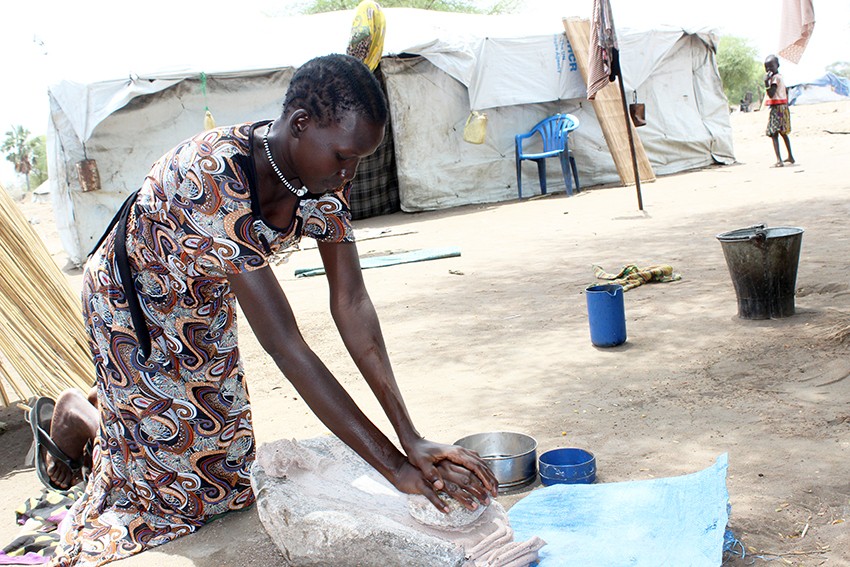
Unpaid household and care labour
In addition to the practice of bride price and the predominantly transactional nature of CEFM, the research shows that as key providers of unpaid household and care labour, adolescent girls are further commodified within the family.
Many adolescent girls report that, as a result of the crisis, their levels of household and care labour have increased.
Collecting water, firewood and food, caring for younger children and preparing meals all supports the coping capacity of their families in an economic and food insecure environment. Yet the burden of this unpaid labour was highlighted by adolescent girls as a significant threat to both their ongoing safety and future prospects.
This is partly because they are less likely to attend school. Adolescent girls themselves have said that increased care work is a direct threat to their continued education. Importantly, continued education and the resultant access to future livelihood opportunities are key protective mechanisms against CEFM.
In addition, both an increased risk of CEFM and mistreatment at home were linked to family separation.
Many of those experiencing separation from their parents and residing with extended kin highlight a greater vulnerability to both violence and forced marriage, primarily perpetrated and driven by male family members such as uncles and cousins.
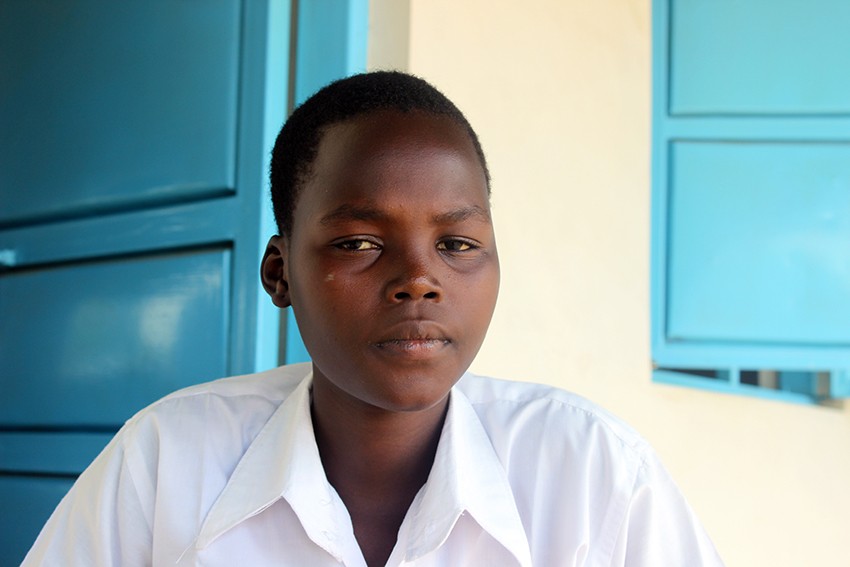
Efforts to address child early and forced marriage
Whilst the deteriorating economic situation and food insecurity clearly feed in to the rates of CEFM, it cannot be explained simply as a transactional arrangement for families to secure resources to survive.
Its prevalence results from an interplay of factors including entrenched gender inequality, harmful gender norms, continued conflict and communal violence, and limits on the agency and decision-making of adolescent girls which conspire to put them at risk.
Hence, addressing early and forced marriage in South Sudan is not simple and communities’ reliance on the resources of adolescent girls, both for the bride price received and for their time and labour, is not a cycle easily broken.
There is a need to address the drivers’ of CEFM not in isolation, but rather as a targeted and combined effort to both prevent and respond to this extreme threat to adolescent girls.
The humanitarian community must seek to work with the community to address knowledge and attitudes on the rights of girls and the legal frameworks in place to uphold them.
At the same time, there is a desperate need to address the practical drivers such as poverty and food insecurity, limited access to resources, sustainable livelihoods and education, and access to sexual and reproductive healthcare and information.
Hannah Jay is a consultant and Gender-based Violence Specialist. Follow Katrina Lee-Koo on Twitter @kateleekoo
Latest stories for you
Really reaching the most marginalised?
Baroness Goudie on the role of research in understanding the realities of girls' lives.
Adolescents: the missing population in universal health coverage
Adolescents’ needs must be included if we’re to achieve health and wellbeing for all.
Why adolescent girls in crises must be a priority to unlock education for all
The unique challenges faced by girls must be overcome to achieve the SDG on education.
Beyond Brexit
We ask: what could a post-Brexit ‘global Britain’ look like?
Show more

